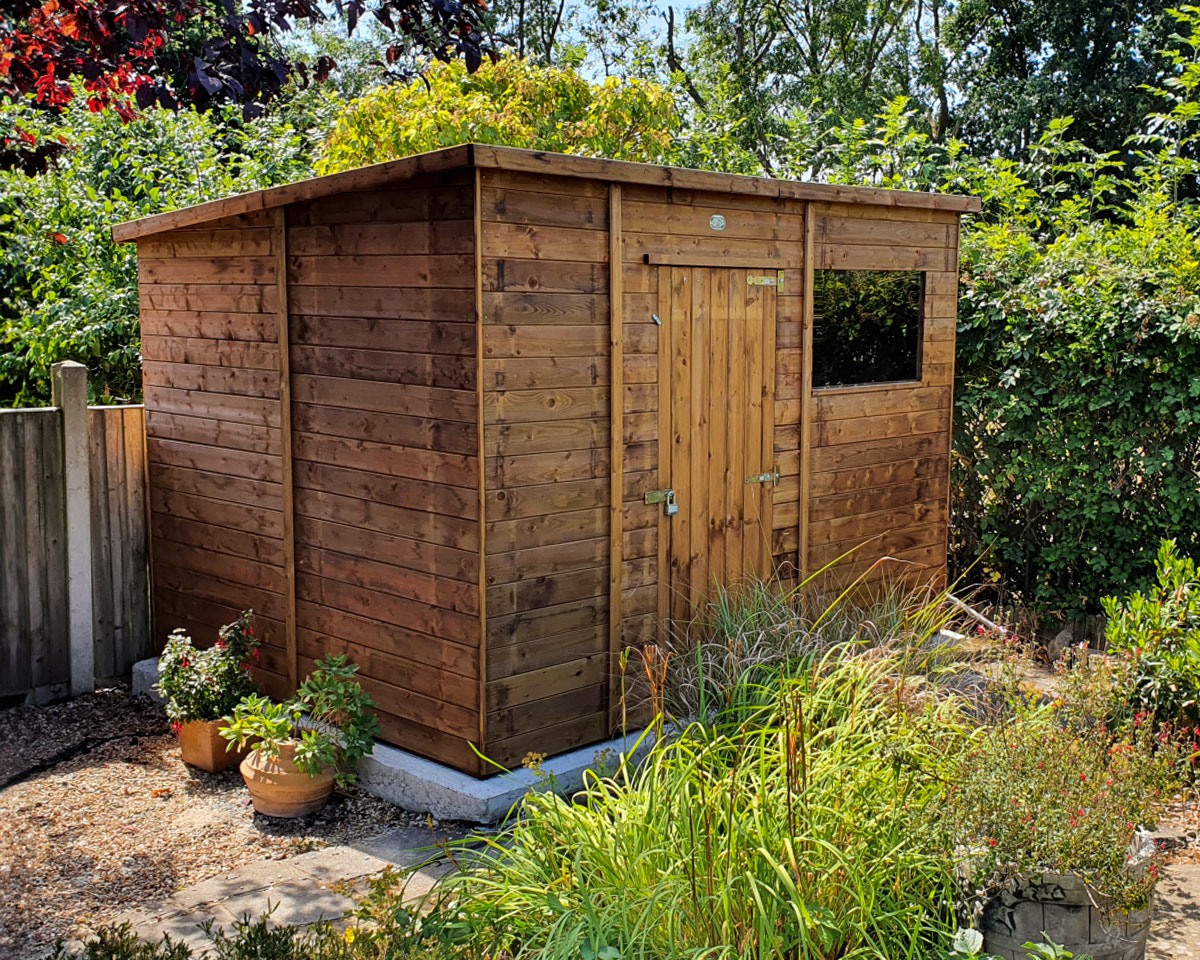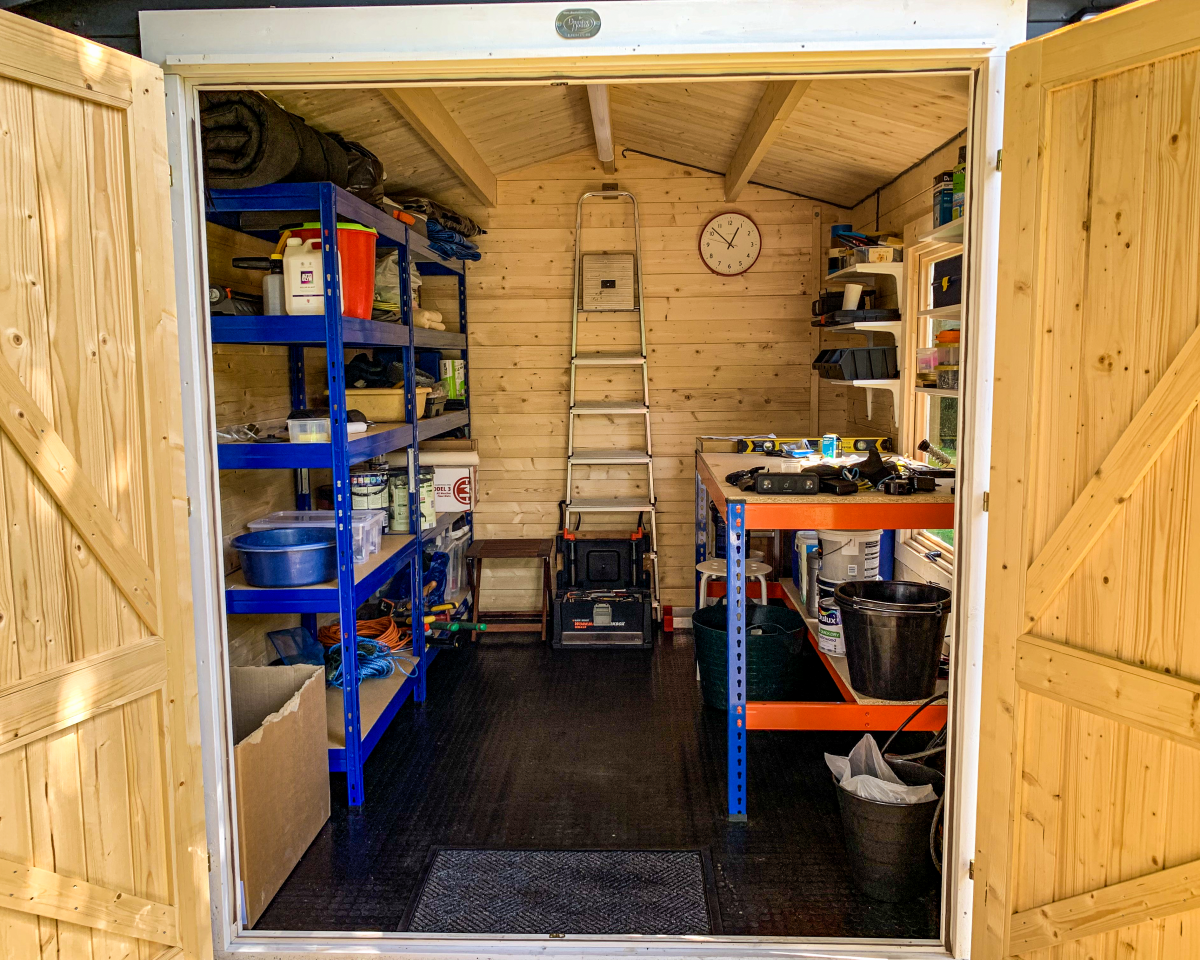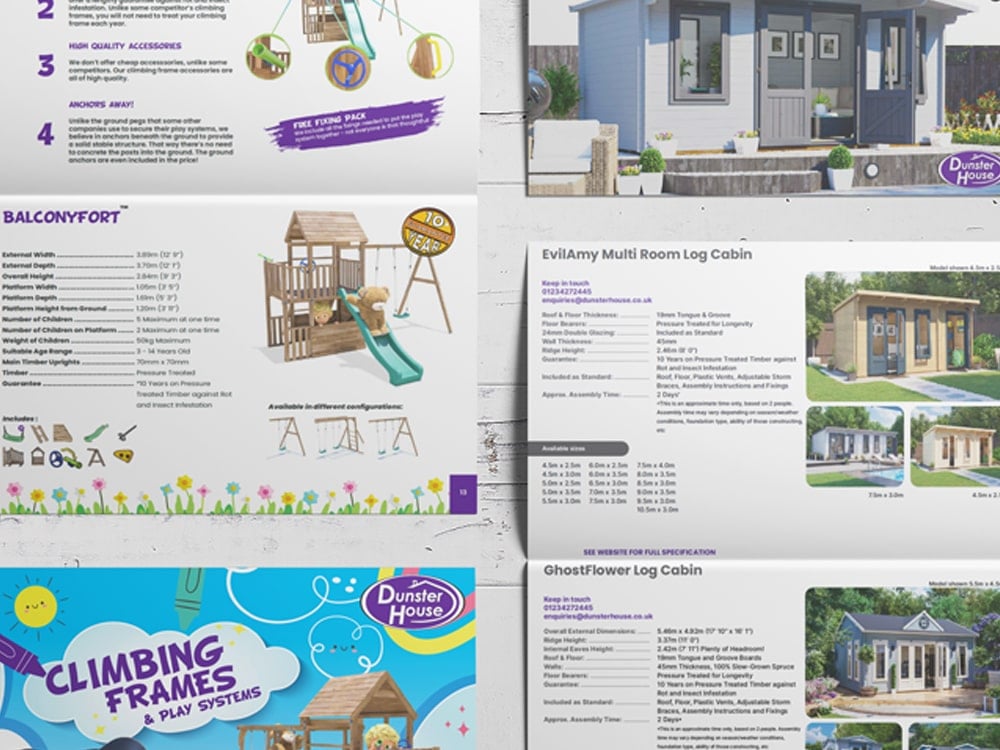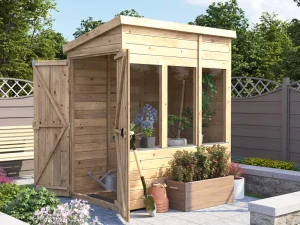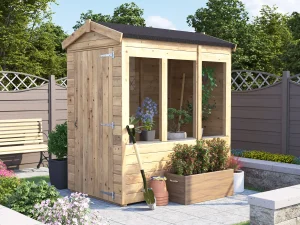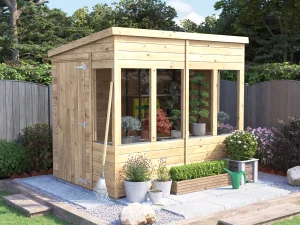With the cold weather in full force, you may be casting your mind back to your garden shed and its purpose. Our sheds are the perfect storage solution for packing away summer garden furniture or a place to store your garden tools and equipment whilst not in use. You may even decide to kit out your shed to become a garden bar! Find out more on how to best insulate your shed!
Reasons to Insulate Your Shed
With your garden shed being used more, you should probably make sure it is insulated properly. Having an insulated garden shed has many benefits.
- Maximises the use of your shed
- Energy usages reduce
- Reduces moisture migration
- Noise levels reduce
- Increase the comfort inside
As you can see there are a number of reasons why you should insulate your shed, but at the end of the day it will be case dependent. So ask yourself:
What am I Using the Shed for?
If you are using it for storage it is likely that the space (any insulation uses space) and money needed is not worth it. However, should your shed be a pseudo workshop that you get regular use out of year-round you may as well do your projects in comfort.
What is the Condition of my Shed?
Look at your shed – if it’s on its last legs, the insulation (no matter how ground-breaking) will save it. It is also important to consider if your shed could hold the weight of insulation. At the point where your shed has weakened to that extent, it may be worth investing in a new shed instead and thinking about insulating that.
Best Insulation Materials For Sheds:
As you can imagine, there are a number of ways that you can insulate your garden shed, it may seem a little confusing as to which is the best option to go for. We have put some of the best shed insulation suggestions below, so have a look and decide what would work best for your garden storage solution.
Insulation Boards:
Insulation boards can be found at places like B&Q, Wickes, Homebase or local DIY Stores to you. Celotex or Kingspan are some of the popular brands to use.
These boards can be used for most areas of the shed, such as your floor, walls, and roof. The boards will need to be cut and fitted to size and sit within the joists. For aesthetic purposes, you may wish to cover these using plywood or MDF.
Foil-backed Bubble Wrap:
Whilst this isn’t as good as insulation boards, it is an alternative option. This will need to be cut down to size and stapled onto your shed walls. Like above, you may wish to cover it with plywood or MDF, it will provide a neater finish and shouldn’t take up too much room in your garden shed.
Fibreglass or Mineral Wool:
Both of these offer pretty much the same qualities for insulating your shed, with mineral wool it’s a lot less itchy and awkward to work with, as well as being denser and more fire-resistant. Both of these would be applied between the joists of your shed and then covered with MDF or plywood.
It is probably worth doing a bit more research on each individual material above, prices vary between each one so you may need to adjust your plan accordingly.
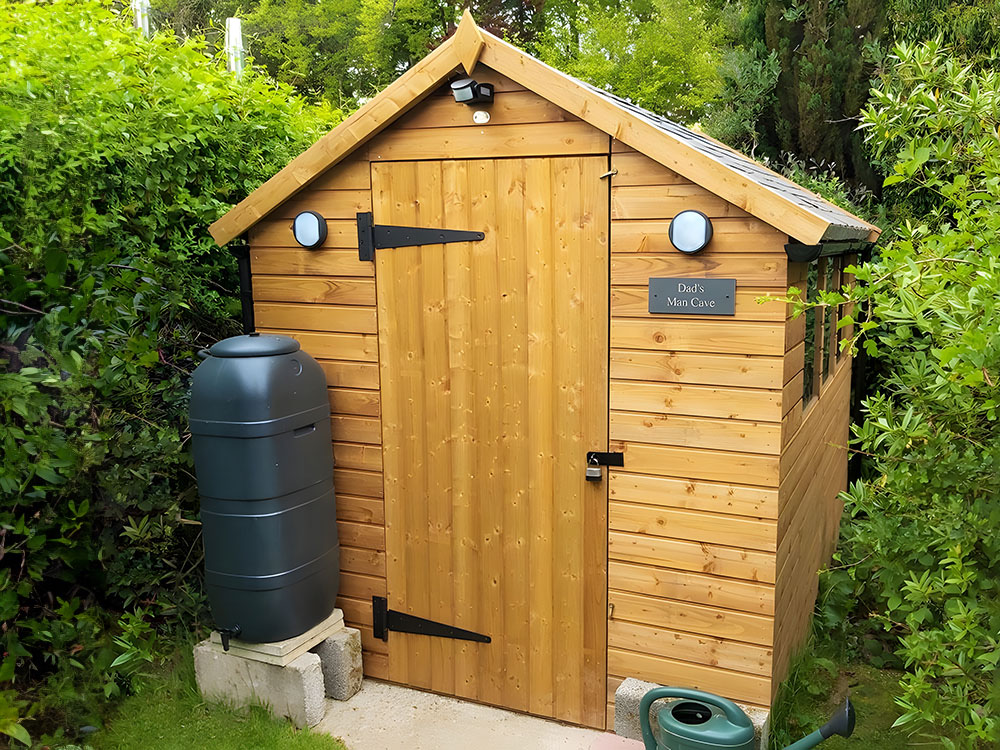
Fail to Prepare, Prepare to Fail
Before you start going in and applying your shed insulation, you will need to do a small amount of preparation. First of all, check over your garden shed to ensure it is all still intact and secure. If anything needs repairing or replacing now is the time to do so. Maybe a new shed is in store for your garden. If that’s the case be sure to check out our range of heavy-duty garden sheds.
Gather your tools! We’ve all been there, you’re ready and raring to go, you get stuck into your project and… you’re missing the tool you need for the next step. Then it’s a frantic rush to B&Q to get what you need while trying not to waste your entire day on that little excursion with a half-done project at home. Just me? Then please trust me you don’t want to be there!
Shed Insulation Installation Tools/Materials
- Tape Measure
- Knife/Jigsaw
- Staple Gun
- Insulation (mineral wool, fibreboard, etc.)
- Sealant
- Moisture-proof membrane
- Covering (plyboard, MRP, etc.)
- Insulation foam (optional)
- Glue (optional)
- Packers (optional)
Insulating Your Shed Floor:
If you have yet to erect your garden shed, you can look into putting insulation within the foundations of the shed or creating a fake shed floor.
1. Build your Shed
If you’ve already done this and it has been in use clear it out and clean it up. Should you still need to build your shed our blog with tips for installation may help.
2. Measure up
You will need to measure the areas you want insulation for before purchasing. Most of the shed insulation will sit between the joists, so keep a note of these dimensions so you don’t over-order, or worse under order!
3. Moisture-proof Membrane
Put in a moisture-proof membrane to prevent damp forming in your garden building. This is needed because of the decreased ventilation that comes with insulation.
4. Cut the Insulation to Size
You’ve measured up now’s the time to apply it. Make sure to mark where to cut and make sure it is a straight and level line.
5. Fit the Insulation
Place your insulation on top of your floor and fix it in place. How you do this will depend on your insulation type; foil-backed bubble-wrapped and mineral wool will need to be stapled in place. Insulation boards should be fit snuggly between the framework of your shed – make sure to leave a small gap (3mm) between the wall/floor/roof and the insulation for airflow.
6. Add the Faux Floor
Fit in extra panels to use for your wall/floor/roof. Make sure this is the right size, fixed in place (this may help keep any unruly insulation in check) and add sealant to end gaps. This can be an efficient way to ensure it is watertight should you decide to use an insulation sheet. Obviously, if you opt for this type of shed floor insulation you will lose some height of your shed.
Tip – insulation foam can be used to patch up any gaps in the insulation and/or to cover the framework of the shed.
You are now ready to go with insulating your garden shed. As mentioned earlier make sure you have planned it properly! If you have decided a new shed might be in order, check out our garden shed range.


